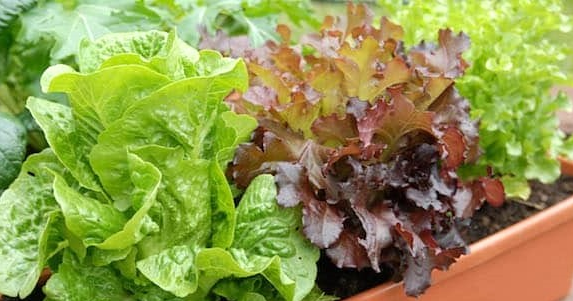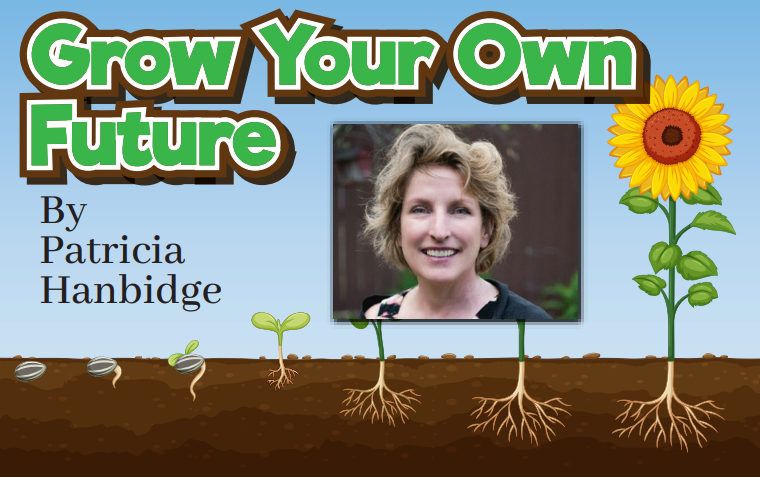For those of us who like to garden, we get pleasure from gardening as well as the bonus of great home-grown food. Growing your own food in any capacity is getting more important with each day that passes. The United Nations Food Systems Summit in 2021 entered into the Decade of Action to achieve the Sustainable Development Goals by 2030. This was due to the fact that most of the world’s food systems were fragile and not fulfilling the right to adequate food for all. Three billion people (almost half of humanity) are not able to afford a healthy diet. The pandemic, conflict, disruptions to global trade, climate change and inflation are threatening the supply of food for people world-wide. All of these challenges are further exacerbated by poverty and extremely high levels of inequality.
Regardless if you are rich or poor, young or old – every person in the world needs to eat safe and nutritious food. As consumers, we make choices on what to eat based on what is available, accessible and affordable. There is an urgent need to transition to inclusive, sustainable, nutritious and resilient food systems that are essential to build resistance against future shocks, protecting nature and biodiversity to empower communities to build inclusive and resilient economies.
Remembering what plants need to grow will help us to determine how difficult it might be to grow food in the winter indoors or with modifications to severe climate. Plants need light, water, warmth, oxygen and food to grow. As we are in the Northern Hemisphere, the sun is a long way away from us in the winter season, so supplemental light would be necessary in order to get good growth once your seeds begin to grow. Thus, if we choose to grow anything other than sprouts, we would need to invest in a grow light.

Light is one of the most important factors to consider when growing plants indoors. When choosing plants to grow this time of year to supplement your diet, think about the light that they need to thrive and ensure it is appropriately situated under your grow light. Follow the directions on the seed packet and remember that generally a seed is planted to the depth of the diameter of the seed. It is important to keep the media moist to ensure even germination so covering the pot with a plastic wrap until most of the seeds germinate is a good idea.
Once the seeds have mostly germinated, they will need to be put directly under the grow light to ensure the seedlings develop into strong, healthy plants. If you notice that your seedlings are tall and spindly, it is likely because they are not getting enough light. As the seedlings grow, gradually raise the light to coincide with their rate of growth.
Be innovative in what you wish to grow. Some good ideas include a variety of types of lettuce. They germinate quite quickly and can be harvested before too long, ensuring that you and those who are close to you can enjoy fresh lettuce rather quickly. Other ideas will depend on your palette but arugula, corn salad, greens like amaranth, atriplex, beet, chard, choho, claytonia, cress, mibuna, mustard and kale are all fun to grow and great to eat!
Enjoy the time you have been granted to be less busy with some of the regular life things you might usually be doing. Grow some food, enrich the life of children who now need to learn these essential life skills. Share with them basic and simple skills to grow food and build our world into a better, more sustainable place.
Hanbidge is the Lead Horticulturist with Orchid Horticulture. Find us at www.orchidhort.com; by email at [email protected]; on Facebook @orchidhort and on Instagram at #orchidhort. Tune into GROW Live on our Facebook page or check out the Youtube channel GROW.




